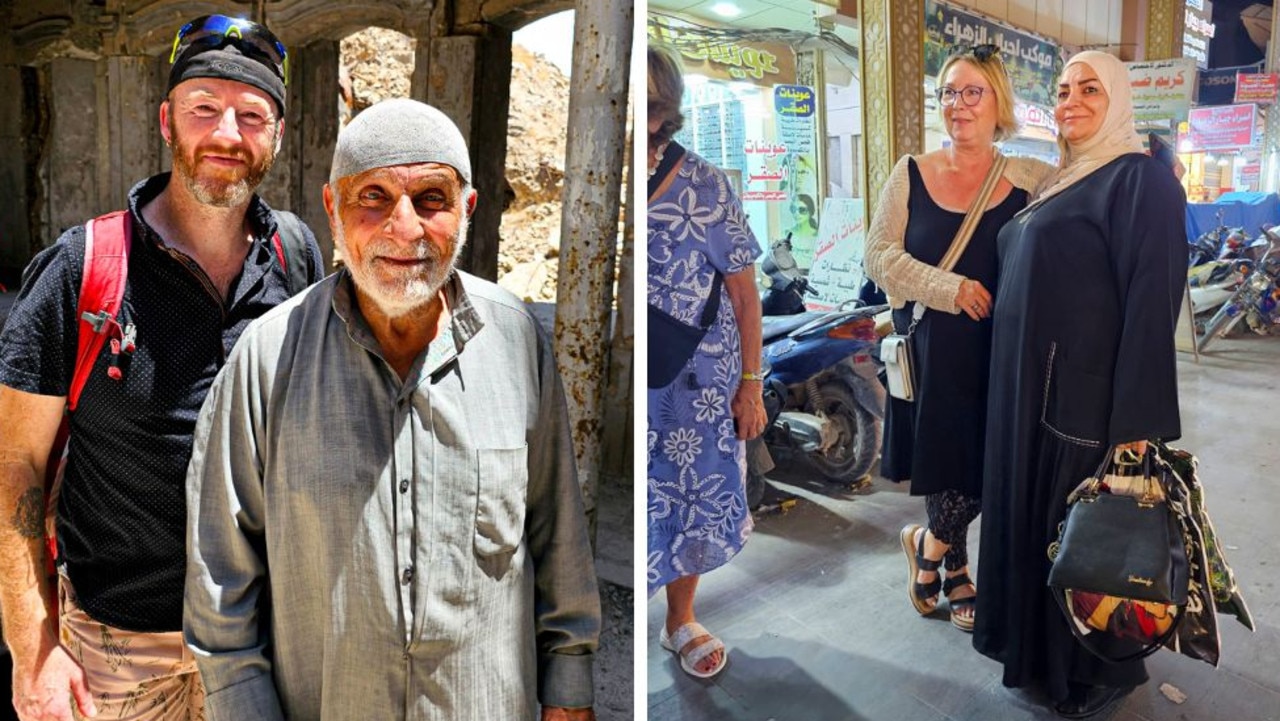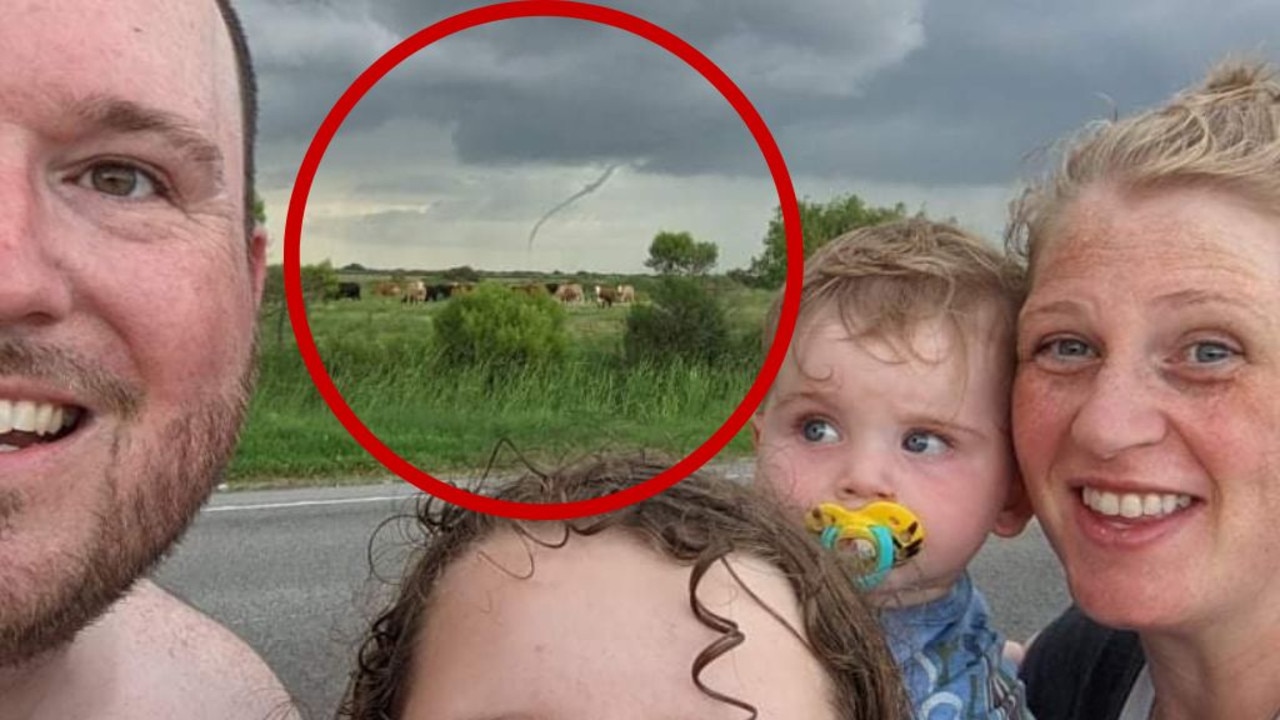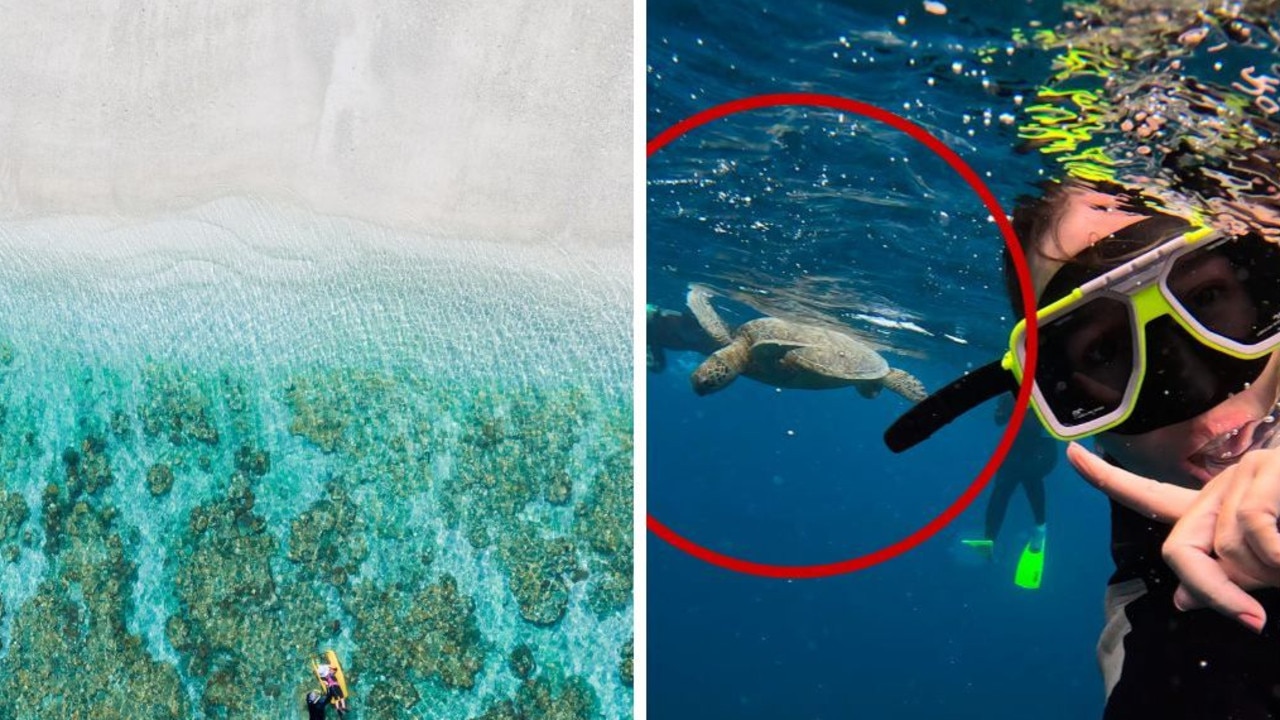The 7 Summits Challenge: Mountain climbing well worth the hump
FORGET skydiving, forget that trip to Tuscany — the Seven Summits Challenge is the ultimate lifetime achievement for those looking for adventure.
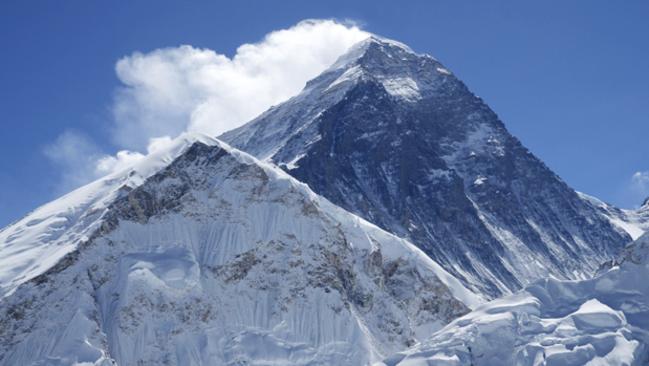
FORGET skydiving, forget that trip to Tuscany — the Seven Summits Challenge is the ultimate lifetime achievement for those looking for adventure
The ‘Seven Summits’ is the name given to the challenge of climbing the highest point in each of the seven continents.
First completed in 1985 when Texas oil tycoon, Dick Bass reached the summit of Mt Everest, today, roughly 300 people have completed the ‘Seven Summits Challenge’.
These people have either followed Bass’ list or one compiled by Canadian Pat Morrow which replaces Mt Kosciuszko with Carstensz Pyramid in Indonesia.
As a mountaineering challenge there are harder endeavours, but for sheer adventure, the Seven Summits is an intoxicating idea. In an era where all the blank spaces on the world’s maps have been filled, it’s to these niche subgenres that we’ve turned our gaze.
It’s not cheap, but you have a spare $100-150K tucked underneath a mattress, is it possible for an ordinary person to climb the Seven Summits?
We’ve arranged the peaks — including both Kosciuszko and Carstensz Pyramid — in order of a completely subjective ‘Adventure Rating’.
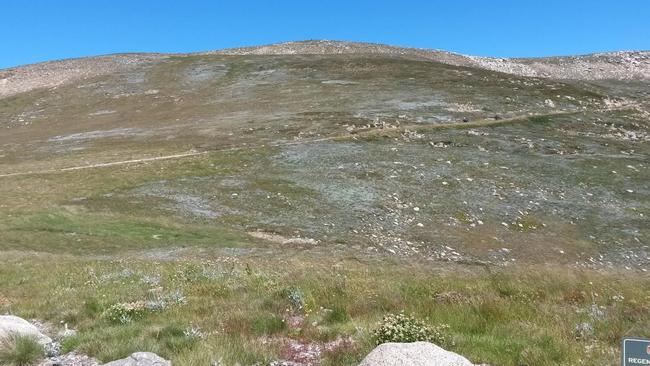
Summit: Kosciuszko
Height: 2228m
Location: Australia
Cost: Free
Adventure rating: 2​
It is harder to spell Mt Kosciuszko than it is to climb it. Reaching the highest point in Australia is literally a walk in the park and can be knocked off by midday in time for a sausage sizzle on the summit.
Adventure Rating of 2 because you can’t really tell Kosciuszko from the mountains around it.
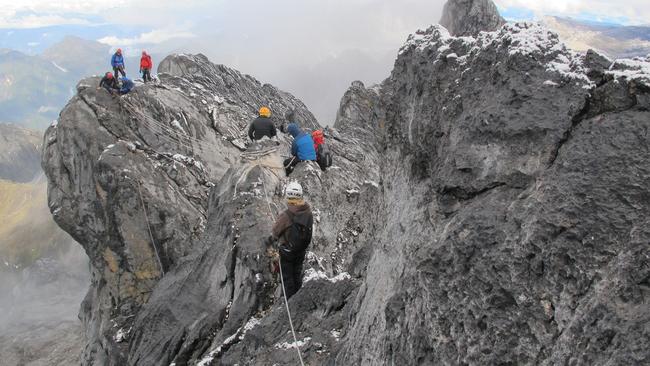
Summit: Carstensz Pyramid
Height: 4884m
Location: Oceania
Cost: $10,000-15,000
Adventure rating: 8
​
Carstensz Pyramid lies in West Papua, Indonesia. You climb it if you are following Morrow’s list. Also known as Puncak Jaya, this is one of the more difficult summits on the list.
There is a large free port mine close to the mountain, but the miners don’t like trekkers and climbers snooping around so use of their access road is prohibited. Instead, you will have to tackle a week-long jungle trek before you even get a glimpse of the mountain proper. This isn’t a bad thing, as getting there would be half the adventure and I’m sure there would be plenty of tales of leeches, mud and Papuan penis gourds to tell by the end of it.
Once there you will probably want a week or so to dedicate to the attempt. Carstensz is a 4884m mountain straddling the equator and waves of dense jungle air crashing against the mountain make the weather notoriously unpredictable.
Being in West Papua, undertaking an epic and dangerous trek AND the juxtaposition of technical climbing along the equator give Carstensz Pyramid an Adventure Rating of 8.
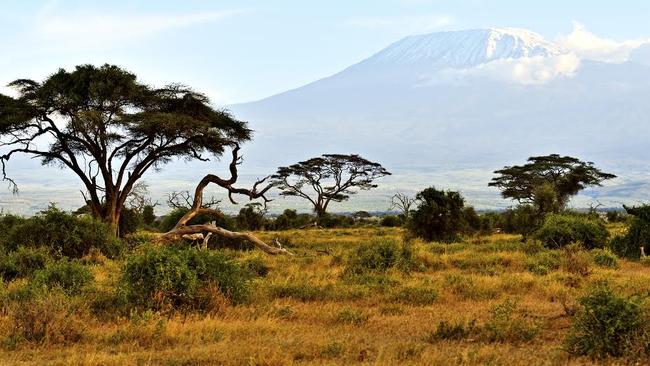
Summit: Kilimanjaro
Height: 5892m
Location: Africa
Cost: $1300
Adventure rating: 6+1 = 7​
Mt Kilimanjaro is a long slog to be sure, but presents no technical difficulties. Even Kochie has climbed it. These days, you probably won’t even encounter that much snow, as a warming climate continues to shrink the mountain’s ice cap to the point where it may not exist in another 20 years. However, you are in Africa which would be half the adventure anyway.
Kilimanjaro is also close enough to Mt Kenya — a much more beautiful climb — so you could do a cheeky 2-for-1 on the trip ... as well as see some lions.
Adventure Rating of 6 for the climb itself. But the ‘being in Africa’ package more than makes up for this ... and it’s an active volcano ... bonus point.
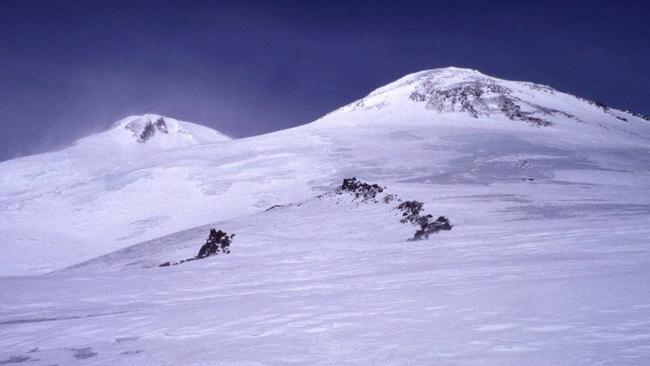
Summit: Elbrus
Height: 5642m
Location: Russia
Cost: $1000
Adventure rating: 7​
Elbrus’ place on the list as Europe’s highest mountain is a controversial one. Most people would assume that Mont Blanc is Europe’s highest mountain, but that is not the case. Elbrus straddles the border between Asia and Europe, but lies within Europe.
Like Mont Blanc, Elbrus is not a technically difficult mountain and is one of the easier high peaks in Europe. But don’t let the straight forward nature of the climbing fool you — between 15-20 unprepared climbers perish each year attempting the summit.
If you’re coming from Western Europe, the idea of a no-holds-barred mission either across Eastern Europe and down to the Caucasus Mountains, or through Turkey and up to Elbrus certainly fits any sane person’s idea of an adventure.
Adventure Rating of 8 based on the amount of vodka you would drink in transit.
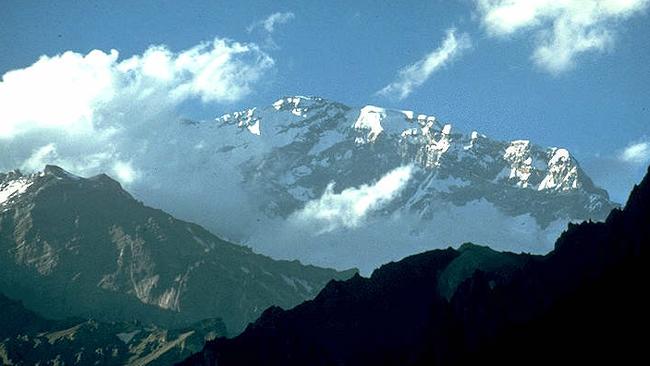
Summit: Aconcagua
Height: 6962m
Location: South America
Cost: $3000-4000
Adventure rating: 8
​
Aconcagua means ‘Sentinel of Stone’ in Quechua the ancient local language still spoken today along the spine of South America. It could also mean ‘highest mountain outside of the Himalayas’, because it is. Like many others on this list, Aconcagua presents no technical climbing difficulties.
But the peak rises almost 7km into the air and is still a very serious undertaking. Climbers will need to watch out for the extreme cold, stormy weather and physical challenges that come with high altitude.
All sorts of amazing experiences await the South American traveller ... and for that, Aconcagua gets and Adventure Rating of 8.
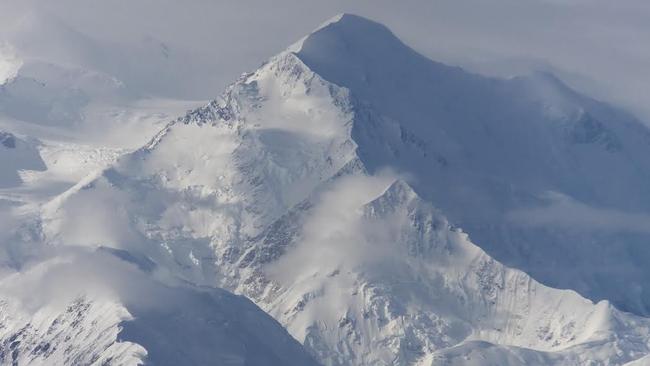
Summit: Denali
Height: 6194m
Location: North America
Cost: $5000-6000
Adventure rating: 8
​
Denali (or Mt McKinley) has a big reputation. Located near the Arctic Circle and the Pacific Ocean, it sees some of the most ferocious weather in the world. It’s unbelievably cold and is used as a training ground for the Himalayas.
The majority of climbers will ascend Denali via the West Buttress route as it is relatively free of objective hazards and technical sections. However, the ‘West Butt’ route can’t shield climbers from the weather, so Denali is more than just a long trudge. Many amateur climbers have perished by tripping on a crampon descending in bad weather.
The numbing cold and the ‘real expedition’ nature of the Denali give this summit an Adventure Rating of 8.
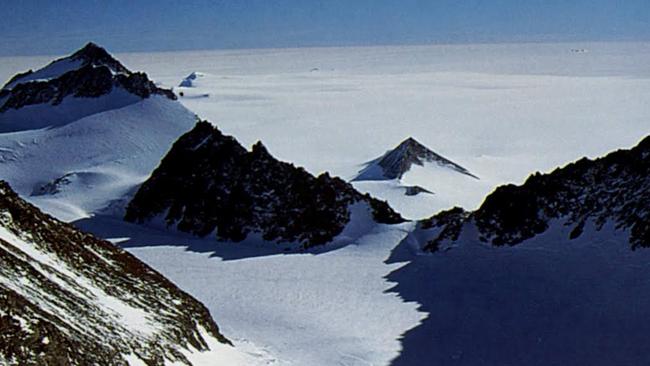
Summit: Vinson Massif
Height: 4892m
Location: Antarctica
Cost: $35K
Adventure rating: 10
Here is where we separate the wheat from the chaff ...
Vinson Massif stands at only 4892m, which might not sound like that much compared to some of the others on the Seven Summits bucket list, so what raises it above the likes of Aconcagua or Denali? It’s in Antarctica.
Vinson Massif is located in the Sentinel Range of the Ellsworth Mountains, south of the Antarctic Peninsula. We’re talking classic adventure territory here, you’ll be following in the footsteps of Shackleton, Scott, Mawson and Amundsen.
The utter remoteness of Vinson Massif, the severe weather of Antarctica and the fact that you’ll probably only ever get one chance to go, give this expedition an Adventure Rating of 10.
And if any of the previously mentioned climbs look a bit soft for you, substitute it with the bonus climb. It happens to be the biggest in the world ...

Summit: Everest
Height: 8848m
Location: Asia
Cost: $45000 — 65,000
Adventure rating: 10
​
Chomolungma, Sagarmatha, Everest.
The Seven Summits Challenge inexorably leads us to the border of Tibet and Nepal, up the Khumbu Glacier and on to the very top of the world. No other mountain is so instantly recognisably or has such a history (and mythology) surrounding it.
But the difference between 6000m and 8000m isn’t just a matter of arithmetic. Everything — the dangers and difficulties increase exponentially as you go higher and the air gets thinner. Climbing Aconcagua or Denali just can’t compare. Climbing in this extreme altitude, known as the ‘death zone’ comes with serious physical risks, even for the most experienced and prepared climbers.
Most likely routes up this monster? The South Col route from Nepal or the North Col route from Tibet.
Forget any romantic notions you might have about Everest — the ‘Golden Age’ of Himalayan climbing has long since passed. For most of the 20th century, Everest was where the world’s elite climbers came to test their skills on the biggest stage of all. But since the early 1990s, climbing Everest has developed into a big business of guides and ‘clients’.
There is now a semipermanent rubbish tip of empty oxygen bottles and other discarded climbing gear at Everest Base Camp, (as well as internet access and other mod-cons) and on the mountain you can get seriously dangerous traffic jams on the Hillary Step.
Also, as a client you won’t be ‘climbing’ so much as plodding ever upwards, using an ascender on fixed ropes and following steps cut by the Sherpas and guides.
So why bother?
Despite everything, there is only one Everest. There is only one ‘highest point on earth’ and this symbolism continues to draw people to the mountain year after year.
For the intensity of the experience, at such a sustained and dangerous level,
For the objective dangers like avalanches, rock falls, storms, hidden crevasses, and evil temperatures and ‘death zone’ altitude environment,
For approaching from either Nepal or Tibet (adventures in transit!),
Everest gets an Adventure rating of 10 out of 10.

